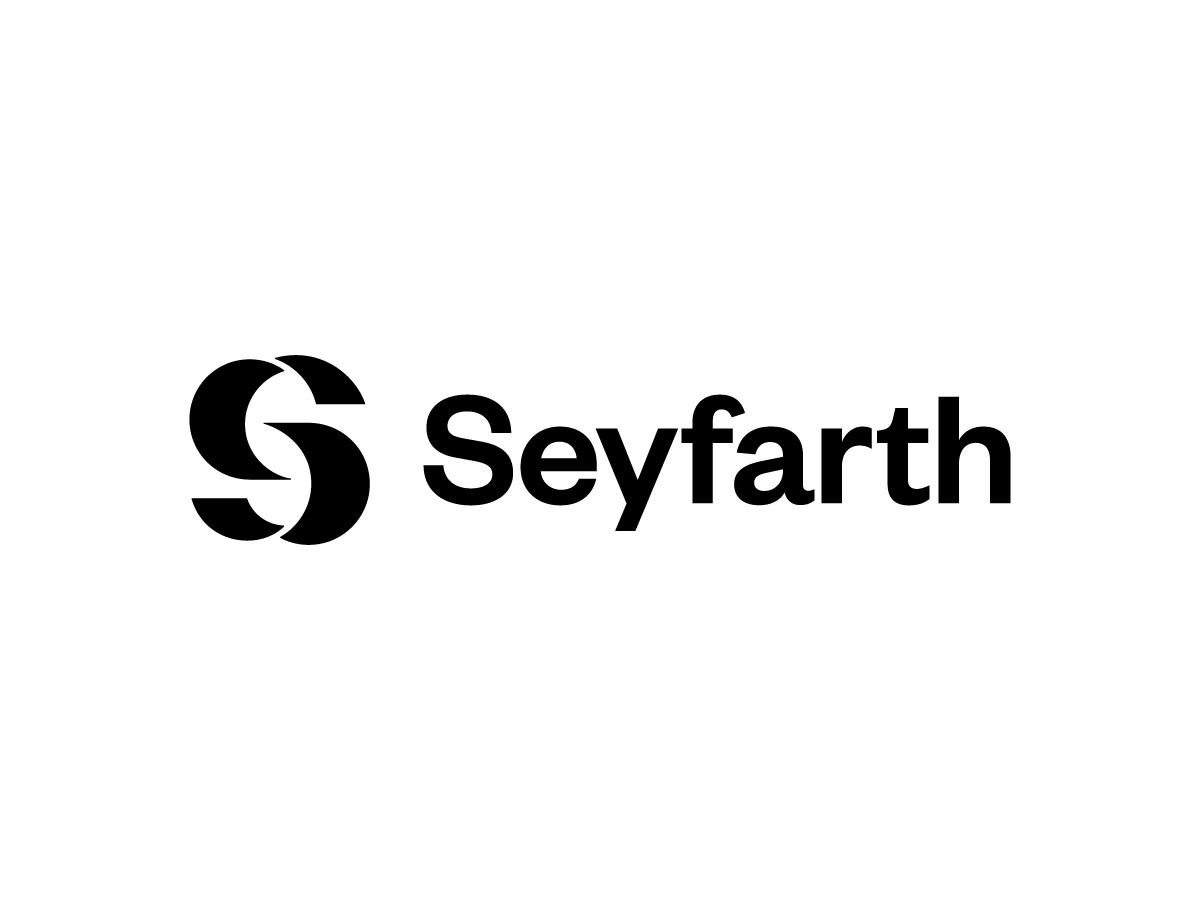Patent Case Summaries | Week Ending April 5, 2024 | Alston & Bird
Janssen Pharmaceuticals, Inc., et al. v. Teva Pharmaceuticals USA, Inc., et al., Nos. 2022-1258, -1307 (Fed. Cir. (D.N.J.) Apr. 1, 2024). Opinion by Prost, joined by Dyk and Hughes.
Janssen owns a patent directed to dosing regimens for an extended-release intramuscular injectable of paliperidone palmitate, which is indicated for the treatment of schizophrenia in adults. After Teva filed an Abbreviated New Drug Application seeking FDA approval to sell a generic version of the drug, Janssen filed an infringement suit.
Teva stipulated to infringement but challenged the validity of the claims on grounds of obviousness and, for three of the claims, indefiniteness. After a bench trial, the district court concluded that Teva had not proven invalidity on either basis.
The Federal Circuit vacated as to obviousness and affirmed as to indefiniteness. The court addressed four main issues: “whether the [district] court required a showing of obviousness that was incongruent with the scope of the claims,” “whether the court analyzed the prior art with a degree of rigidity foreclosed by KSR,” secondary considerations, and indefiniteness.
First, the Federal Circuit agreed with Teva that the district court’s analysis of obviousness improperly required Teva to show that it would have been obvious to use the claimed dosing regimens for the general population rather than for “a psychiatric patient” as recited in the claims. The district court’s framing of the claims “led it to ask the wrong questions about important aspects of the obviousness inquiry”—an error that “requires a remand as to all claims because as it currently stands, the record does not contain underlying obviousness factfindings that are cued to the ‘a psychiatric patient’ claims at issue.”
Second, the Federal Circuit agreed with Teva that the district court’s obviousness analysis was “erroneously rigid in several respects.” The Federal Circuit explained that “instead of considering the prior art in context or in combination, the court’s analysis seems to tackle the express statements of each reference one-by-one—identifying each difference or dissimilarity between an individual reference and the claims, but not fully assessing the teachings in toto.” The Federal Circuit said that this “seemingly siloed and inflexible approach left insufficient room for consideration of how background knowledge in the art would have impacted a POSA’s understanding of, or motivation to modify, the primary references at issue.”
Third, the Federal Circuit held that the district court erred in analyzing secondary considerations of nonobviousness, including evidence of unexpected results, industry praise, long-felt need, and commercial success. After describing the various errors, the court ruled that, “on remand, the district court will need to reassess the significance of the secondary considerations as part of its renewed obviousness analysis” and “will necessarily need to reevaluate nexus.”
Finally, turning to indefiniteness, the Federal Circuit addressed Teva’s argument that certain claims require an average particle size from about 1600 nm to about 900 nm without specifying what measurement technique should be used to determine particle size. Teva argued that different techniques yield meaningfully different results, making it so particles “would simultaneously fall inside and outside the claim depending only on how its particle-size measurement is taken.” But the district court had found that the size discrepancy relied on by Teva was “an outlier measurement taken with a defective device.” Teva failed to show that the district court’s “outlier” finding was clearly erroneous, and thus Teva did not meet its burden to show that the claims are invalid as indefinite.
View Opinion
AI Visualize, Inc. v. Nuance Communications, Inc., et al., No. 2022-2109 (Fed. Cir. (D. Del.) Apr. 4, 2024). Opinion by Reyna, joined by Moore and Hughes.
AI Visualize sued Nuance for infringement of four patents related to visualization of medical scans. The patents are directed to “a method and system of a common and centralized infrastructure for receiving, storing, processing and viewing large medical scans via a low-bandwidth web portal.”
Nuance moved to dismiss the lawsuit under Rule 12(b)(6) for failure to state a claim, arguing that the asserted claims are directed to patent-ineligible subject matter and are therefore invalid under 35 U.S.C. § 101. The district court granted the motion. The court found that the claims are directed to the abstract idea of “retrieving user-requested, remotely stored information” and that the claims fail to provide an inventive step that transformed the claims into patent-eligible applications of the abstract idea.
The Federal Circuit affirmed. Applying the two-step Alice test, the Federal Circuit held at step one that all the asserted claims are directed to an abstract idea—“converting data and using computers to collect, manipulate, and display the data.” The Federal Circuit was unpersuaded by AI Visualize’s argument that the claims are not directed to an abstract idea because they require “the creation of ‘on the fly’ virtual views.” The Federal Circuit reasoned that “the claim language makes clear that virtual view ‘creation’ is achieved by the manipulation of a portion of” an existing volume visualization dataset, with “no recitation in the claim about how to create frames or virtual views.”
At Alice step two, AI Visualize argued that “the creation of virtual views sufficiently transforms the claims into patent-eligible subject matter.” The Federal Circuit disagreed because “the claimed step of creating a virtual view is itself an abstract idea.” Also, the intrinsic record showed that “virtual views were known in the art.”
AI Visualize next argued that creation of virtual views “on demand” or in “real-time” in response to a user request transforms the claims into something “significantly more” than the abstract idea, but again the Federal Circuit was unpersuaded. “Without a concrete application of the abstract idea of delivering content, the claims were not transformed into patent-eligible subject matter at Alice step two.”
View Opinion
[View source.]






